Introduction
Elephants could be identified as the only group left to represent the proboscideans, the terrestrial giants on earth. Family Elephantidae consists of three genera: Loxodonta, Mammuthus, and Elephas. Among family Elephantidae, Loxodonta and Elephas are the only genera that survive the present day. Both these genera are commonly known as elephants. Elephants of Genus Loxodonta could be only seen in the African continent. Therefore, elephants of the genus Loxodonta are known as African elephants.
African elephant consists of two species commonly known as African bush elephant (L. Africana), and African forest elephant (L. cyclotis). Out of these two species, African bush elephant dwell in vast African savannas. They could be mostly seen in the sub-Saharan plains of the African continent. African savanna elephant is the largest terrestrial animal in the entire world, outstanding its Asian relatives and the African forest elephant. African bush elephants are identified as a keystone species that mold savannas into flourishing ecosystems. The body structure, food patterns, social structure of African elephant has been shaped such that they could survive the environmental conditions of African savannas.
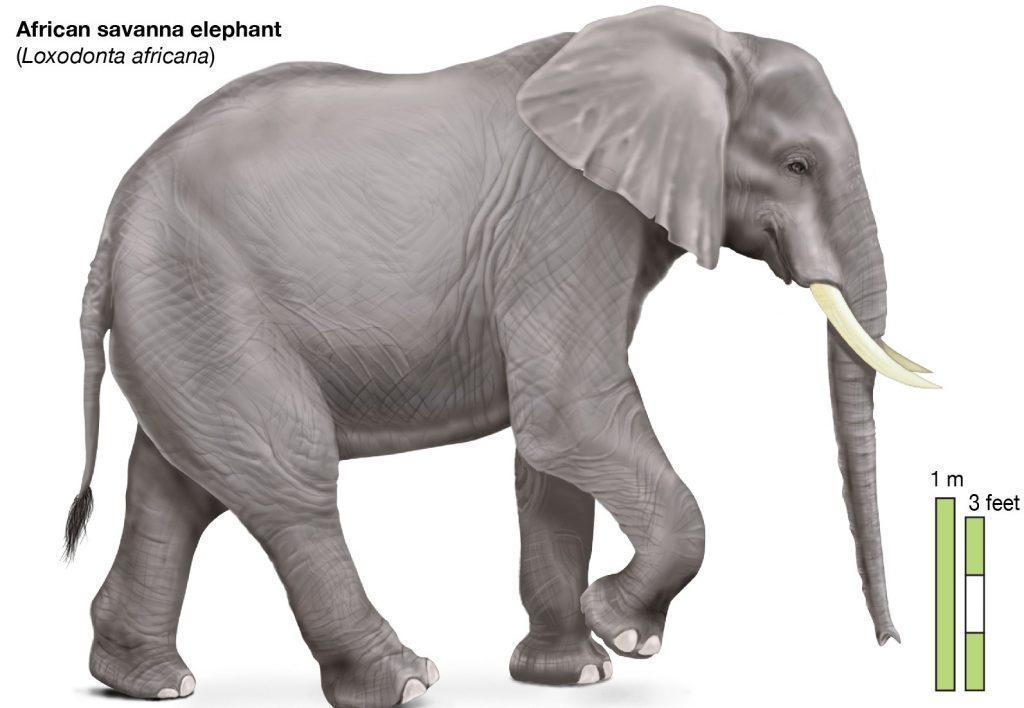
How does the body structure of an African elephant support survival?
The average shoulder height of a male African elephant (bull) is 3.69 meters and has 10.4 tons of mass which make them the largest living terrestrial animal on earth. The skin is greyish black color and less hairy compared to its Asian relatives. Recent studies have shown that elephant hair is important to increase the heat transfer from the body. To survive the high temperatures in the African savannas, the elephant’s body structure has undergone adaptations in many ways.
African elephant carries comparatively large triangular pointed ears. Flapping of ears and creating air currents is used to increase the release of body heat. During the hot season, large blood vesicles of the inner side of the ears are exposed to increase the heat loss, the rough skin also assists the maintenance of temperature. Maintaining the body temperature is the main issue that the African savanna elephant faces due to its large volume to surface area ratio, owing to being the largest of all terrestrial animals.
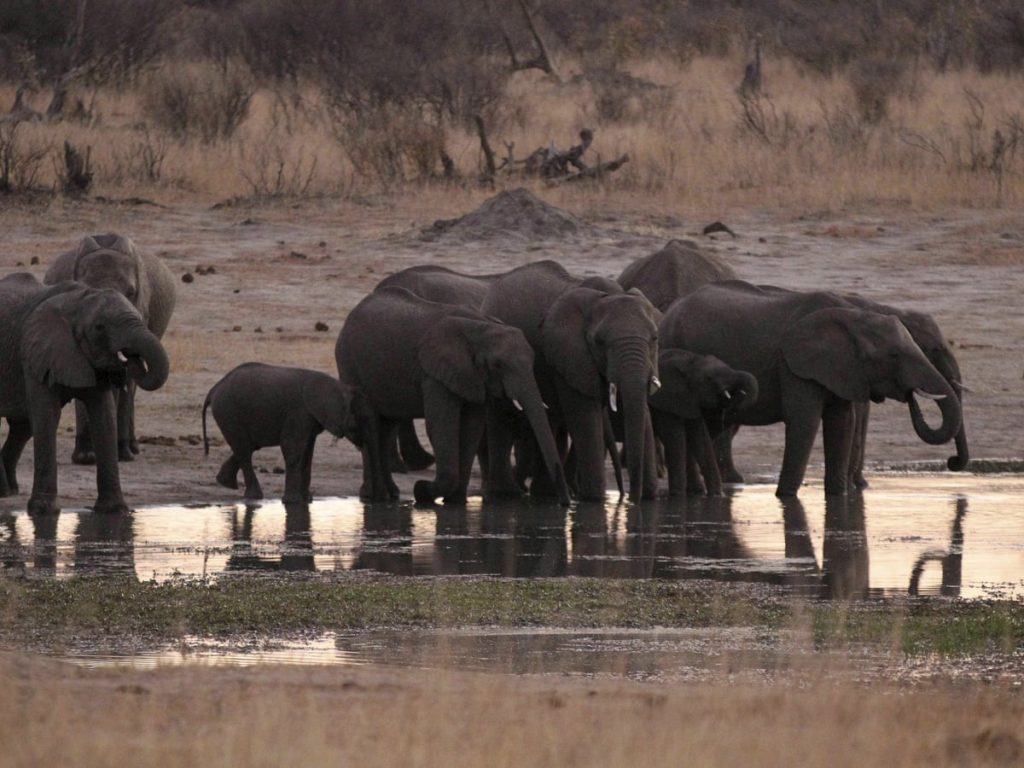
African elephant carry a highly muscular trunk that supports various needs such as feeding, drinking bathing, communication, defending, and attacking. The trunk is used as a snorkel when an elephant swims across the water. Both cows and bulls of African savanna elephants carry tusks, which grow throughout their lifetime. Tusks are used in digging, food gathering, stripping bark and it protects the trunk from dangers. An African elephant carries six molars in each jaw. These molars develop in different periods of an elephant’s life. The genus name of the African elephant, Loxodonta is referred to as the lozenge-shaped enamel of the molar teeth. Molar teeth of African savanna elephants are important to grind and chew hard grasses, creepers, and herbs.
Social structure of African elephants
Elephants live as herds led by the oldest and largest female of the group. This type of social structure is known as a matriarchal group. Elephant herds mostly consists of cows and calves. Though grown males are also included in the herd, they tend to roam independently forming smaller groups. Bulls tend to separate from the main herd known as the kinship group when they are between 10-19 years of age. In dry seasons the herd is led to watering holes by the matriarch. The matriarch detects the location of water holes by retrieving its memory. Elephants dig up water holes after detecting possible places of water existence.
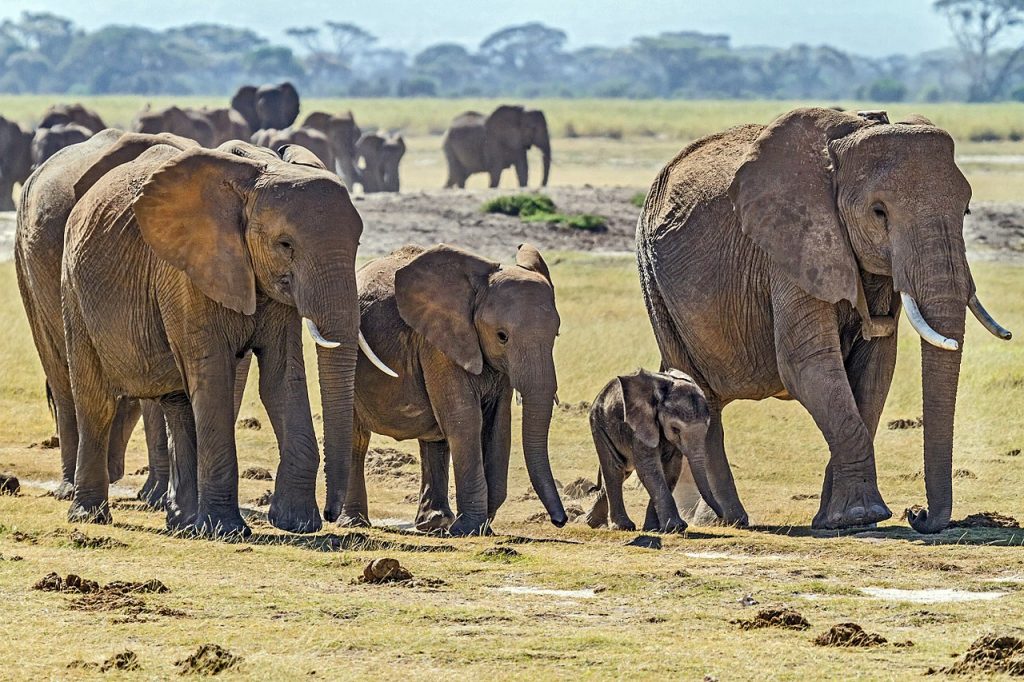
Importance of African savanna elephants for the life in Savanna ecosystems
All other animal species in the savanna, even top predators such as lions depend on elephants for their survival. Water holes dug up by elephants are used by most other species in African savannas. Elephant dung consists of various plant seeds, therefore, acts as a transportation source of seeds throughout savannas. Ability to uproot shrubs, trees keep the savanna grounds, pastures open for other herbivores species such as zebras, wild beasts, gazelles to feed on. Due to the importance of African elephants, they are identified as a keystone species or “biological engineers” in African savanna ecosystems.
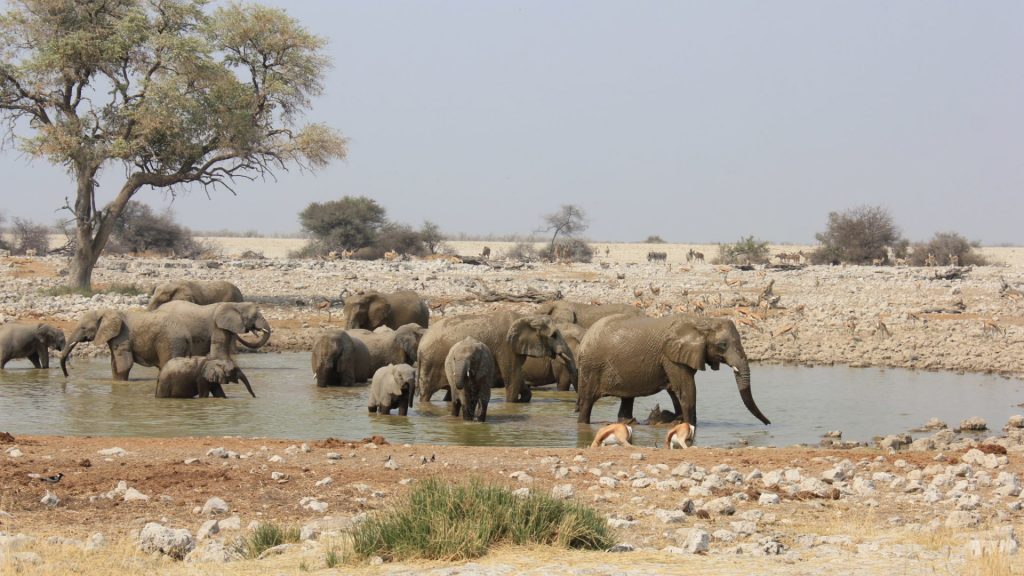
Strategies to survive from predators in the vast savanna
Despite its large size, the elephant also feels predator pressure, mainly from lions. Young calves are the most vulnerable. Compared to any other animal group of savanna, elephants consist of the best tactics to survive lion attacks. The main factor that protects elephants from lion attacks is the complex social structure. The matriarch elephant or any other mature elephant carries the experience to detect lion roars from a long distance and communicate with the herd by low rumbles that spread through a long surface area of ground. As soon as the danger is felt by the herd, the matriarch urges other elephants of the herd to form a barrier around the young elephant calves.

As a result of the better eyesight of lions at night, elephant herds are more vulnerable to lion attacks at nighttime. Most lion attack victims are of age four to eleven. Studies in Chobe national park, Botswana have shown that throughout the past twenty years of time lion attacks on elephant herds have increased, roughly one elephant every three days. Predator pressure will affect African elephants throughout their lifetime of sixty to seventy years.
Conclusion
Even though African elephants could outstand predator pressure, survive through intense droughts, could sustain the biodiversity of Savanna ecosystems, there is one thing African elephants lack skills to survive from and fear the most: humans. African elephants are poached by humans to obtain tusks for the illegal ivory trade. Though the number killed has drastically decreased due to firm actions of the authorities and activities of rangers, the illegal hunt continues. Illegal poaching in the 20th century has led African elephants to the risk of extinction.
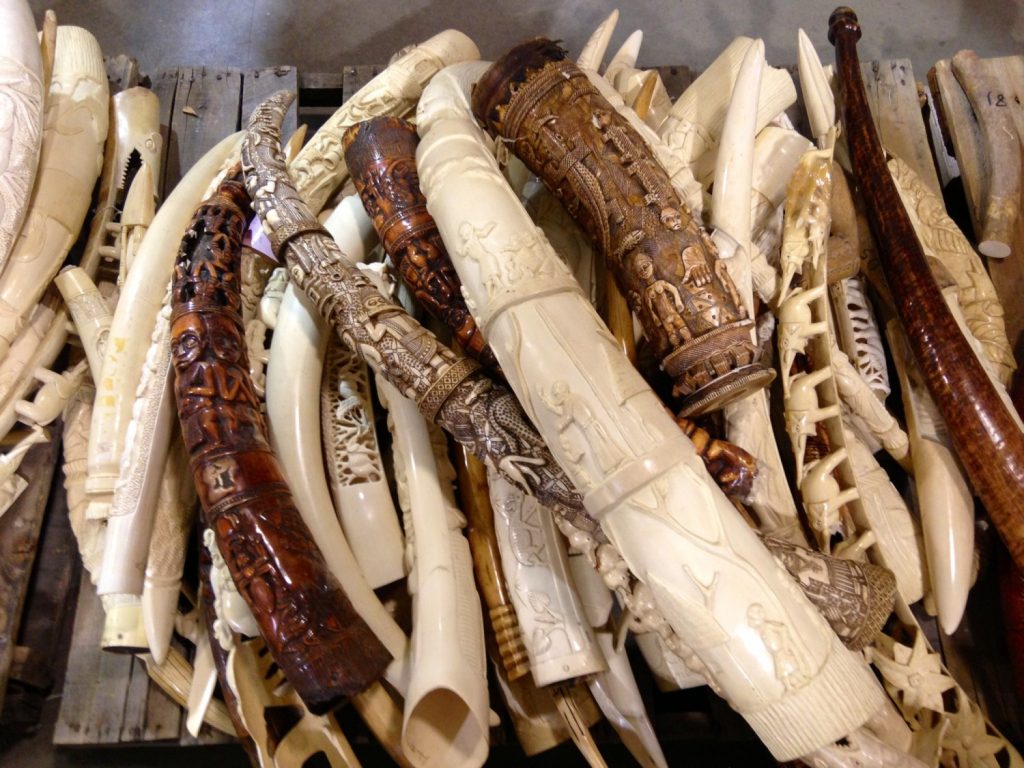
Other than illegal poaching, the life of African elephants is also threatened by the increasing human population. Therefore, the survival of African savanna elephants in generations to come depends on the actions of humans. Without the survival of African Savanna elephants’, the existence of almost all Savanna ecosystems is uncertain.
Written By:
P. A. Sachini Himasha Perera
1st Year Undergraduate,
Faculty of Science,
University of Colombo.
References:
- African Elephant | Species | WWF. (n.d.). Retrieved August 8, 2021, from https://www.worldwildlife.org/species/african-elephant
- Evolution and taxonomy of African elephants | Natural History Museum. (n.d.). Retrieved August 8, 2021, from https://www.nhm.ac.uk/our-science/our-work/origins-evolution-and-futures/african-elephants.html
- Myhrvold, C. L., Stone, H. A., & Bou-Zeid, E. (2012). What Is the Use of Elephant Hair? PLoS ONE, 7(10), e47018. https://doi.org/10.1371/journal.pone.0047018
- National Geographic Society. (2013, July 11). A Natural History of the African Elephant. Retrieved August 8, 2021, from https://www.nationalgeographic.org/media/natural-history-african-elephant-wbt/family/
- R. (2014, October 24). Unforgettable Elephants ~ Crack the Code of Elephant Communication | Nature | PBS. Retrieved August 8, 2021, from https://www.pbs.org/wnet/nature/unforgettable-elephants-crack-the-code-of-elephant-communication/5885/
- Thorpe, P. (2020, March 30). How Do Elephants Respond To Leopards And Lions | Londolozi Blog. Retrieved August 8, 2021, from https://blog.londolozi.com/2020/03/30/how-do-elephants-respond-to-leopards-and-lions/
- Watch: Elephants 101. (n.d.). Retrieved August 8, 2021, from https://www.nationalgeographic.com/animals/mammals/facts/african-elephant
Image Courtesy:
- Title Image: https://bit.ly/37JDEfm
- 1st Content Image: https://bit.ly/3AFoPqK
- 2nd Content Image: https://bit.ly/3CR1hkO
- 3rd Content Image: https://bit.ly/3mh48xB
- 4th Content Image: https://bit.ly/3fY8NjV
- 5th Content Image: https://bit.ly/3m4xrDg
- 6th Content Image:https://bit.ly/3ALQbf1



0 Comments